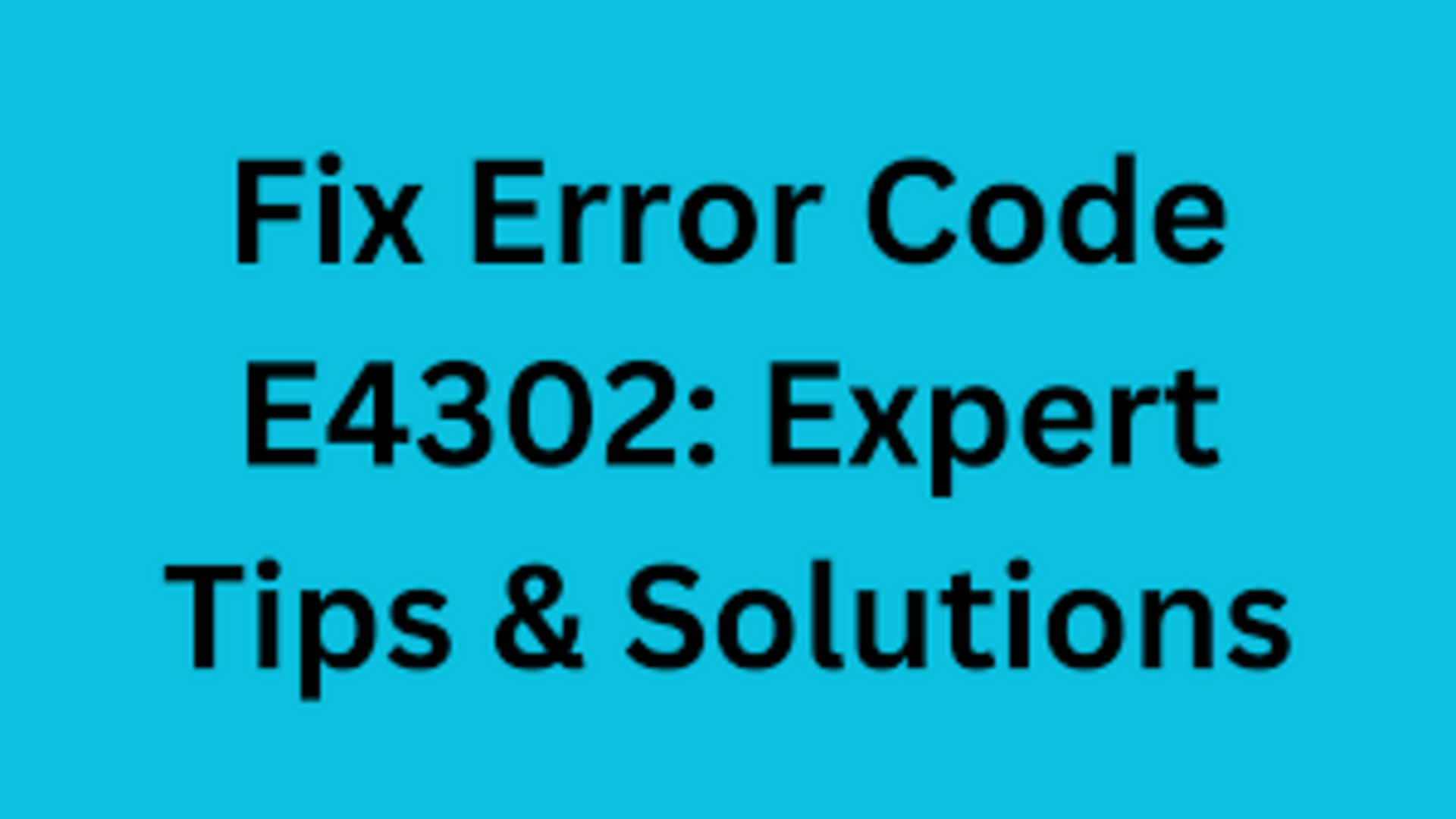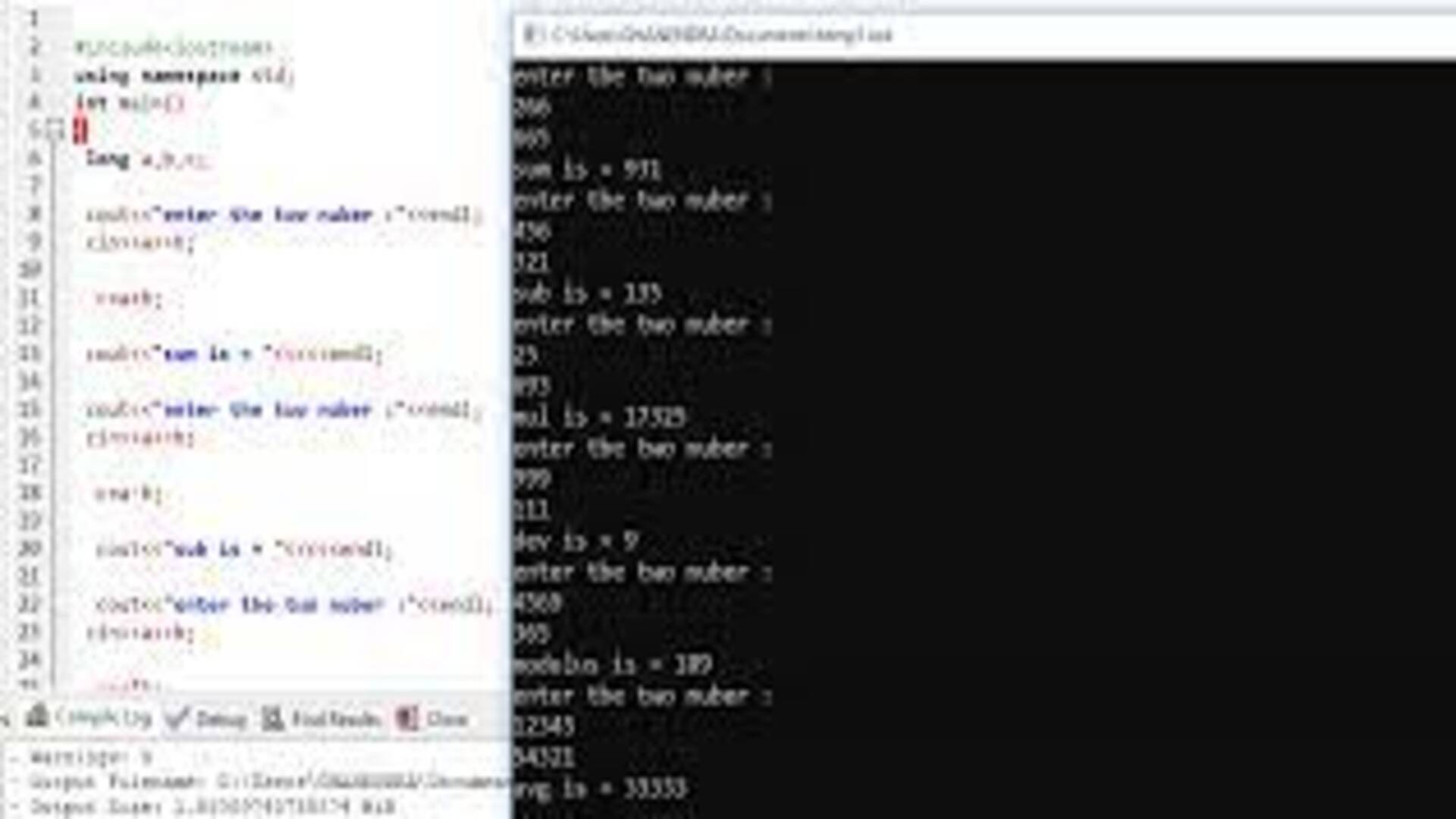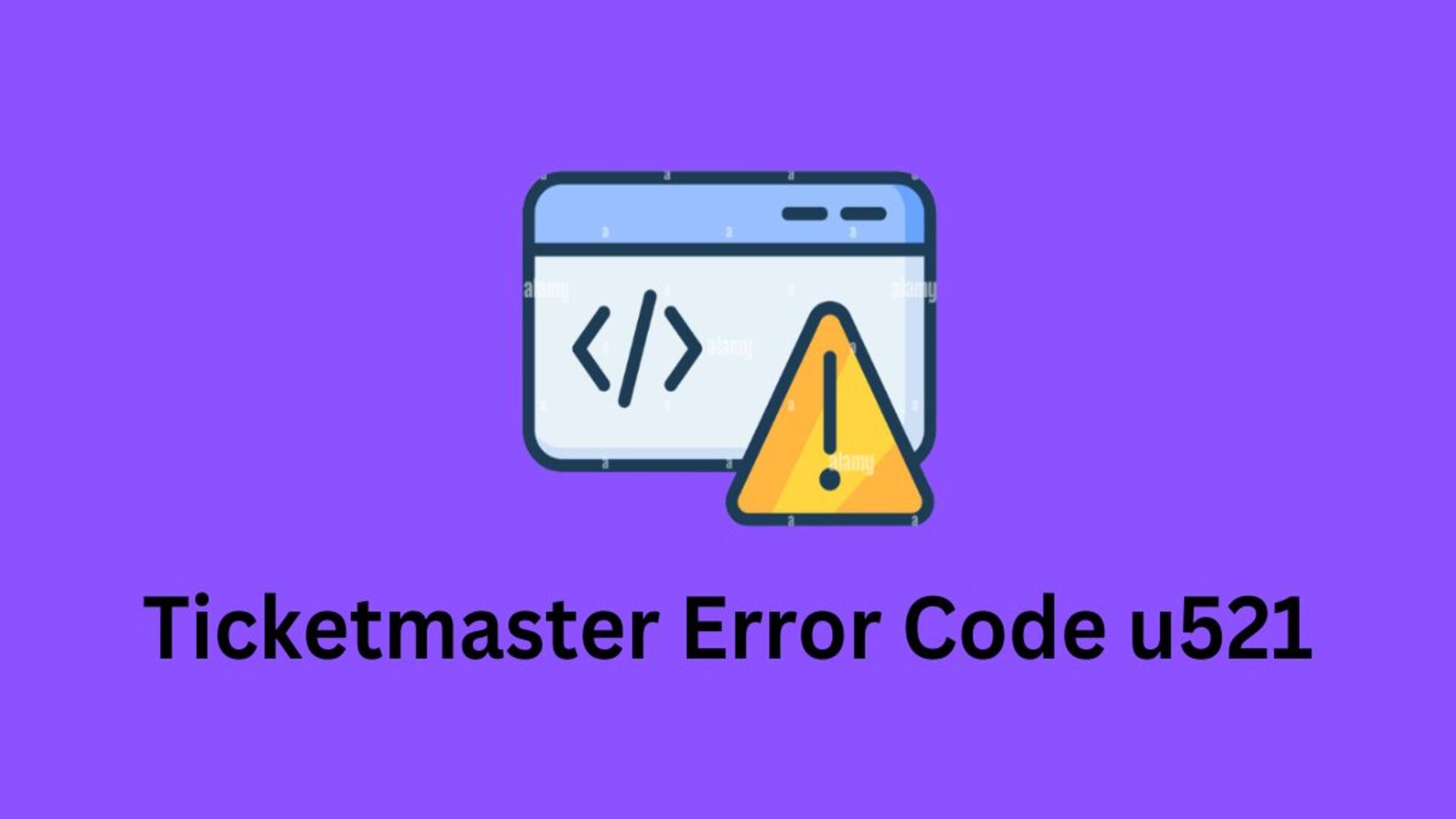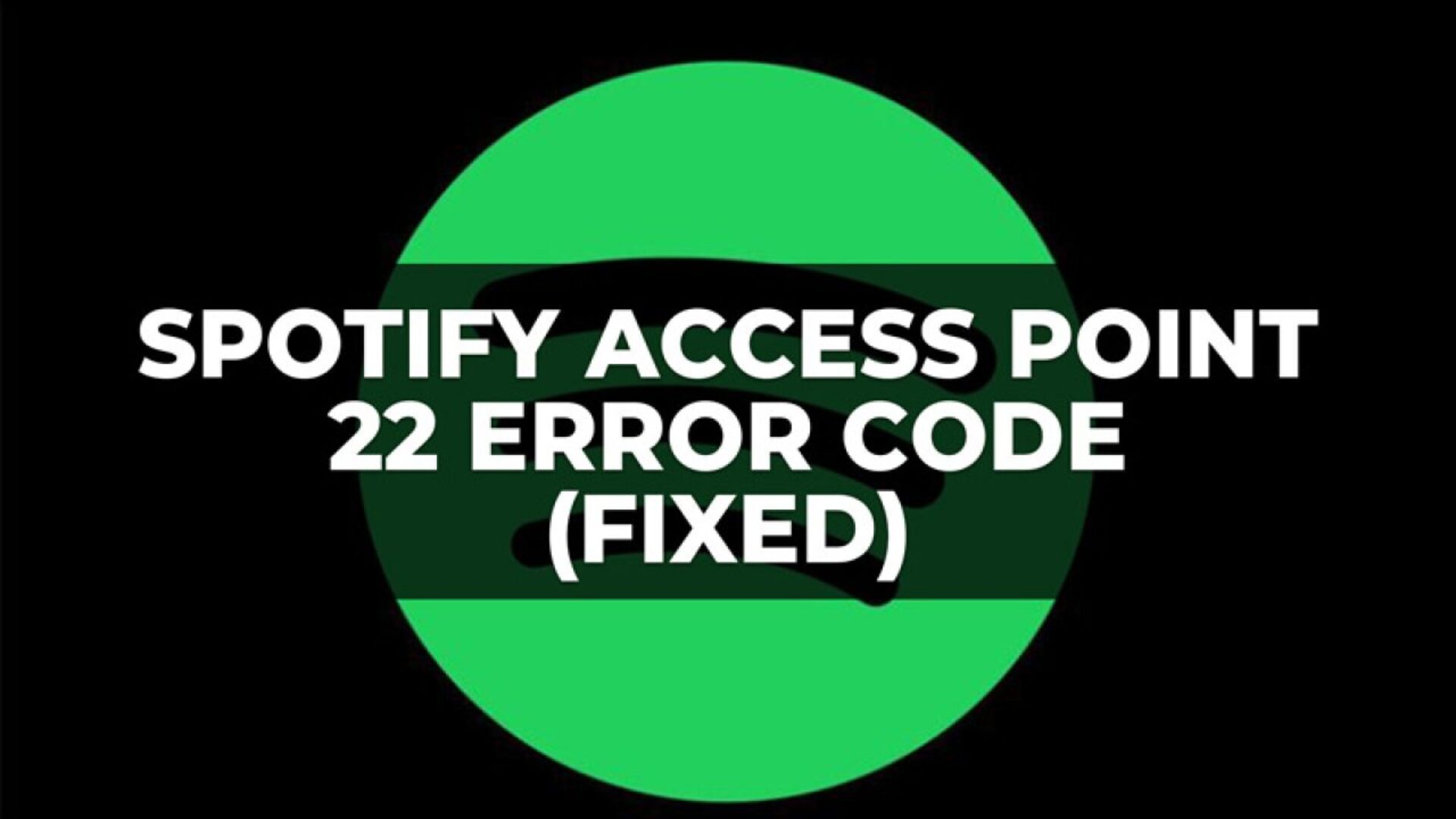
Are you a coding enthusiast or a software developer who’s had their fair share of puzzling moments when a program doesn’t run as expected? If so, you’re likely familiar with the term “semantic error.” In the world of programming, semantic errors play a significant role in causing unexpected behaviors in software. In this chapter, we will dive into the depths of semantic errors, understanding their implications, and exploring ways to prevent them from wreaking havoc in your code.
Contents
- 1 Introduction to Semantic Errors
- 2 Differentiating Semantic Errors from Syntax Errors
- 3 The Underlying Causes of Semantic Errors
- 4 Impact on Program Execution
- 5 Common Examples of Semantic Errors
- 6 Debugging Strategies for Semantic Errors
- 7 Static Analysis Tools: A Semantic Safety Net
- 8 Best Practices to Minimize Semantic Errors
- 9 The Role of Code Reviews in Error Prevention
- 10 Learning from Past Mistakes: Case Studies
- 11 Future Trends in Semantic Error Detection
- 12 Embracing the Learning Curve: A Developer’s Mindset
- 13 Balancing Act: Efficiency vs. Error Prevention
- 14 Coding Communities and Knowledge Sharing
- 15 Conclusion
- 16 FAQs
Introduction to Semantic Errors
Imagine writing a piece of code that seems syntactically flawless but still produces erroneous outputs. This enigma is often attributed to semantic errors – coding glitches that occur when the code’s logic fails to deliver the intended functionality. Unlike syntax errors, which are detected by the compiler, semantic errors slip under the radar and can manifest themselves during runtime.
Differentiating Semantic Errors from Syntax Errors
While syntax errors arise due to violations of the programming language’s grammar rules, semantic errors delve deeper. They occur when the code’s logic or meaning is flawed, leading to unintended consequences. For instance, if a temperature conversion program consistently gives outputs that are slightly off, you might be dealing with a sneaky semantic error.
The Underlying Causes of Semantic Errors
Semantic errors often stem from misunderstandings between the programmer and the program’s behavior. These issues can arise due to incorrect variable assignments, inaccurate algorithm implementation, or even flawed assumptions about how certain functions operate.
Impact on Program Execution
The consequences of semantic errors can range from minor inconveniences to catastrophic failures. Imagine a financial software application making miscalculations – the results could be disastrous. Therefore, it’s crucial to address semantic errors to ensure reliable and accurate software.
Common Examples of Semantic Errors
- Type Mismatch: Assigning an incompatible data type to a variable can lead to unpredictable behavior.
- Off-by-One Errors: Mishandling indexes in loops can cause data overflows or undershoots.
- Incorrect Logic: Flawed conditional statements or loop conditions can alter the program’s behavior drastically.
Debugging Strategies for Semantic Errors
Debugging semantic errors requires a meticulous approach. Breaking down the code into smaller sections for testing, inspecting variable values, and using debugging tools can all contribute to identifying the root cause of these elusive glitches.
Static Analysis Tools: A Semantic Safety Net
Static analysis tools scrutinize code without executing it, flagging potential semantic errors. Integrating these tools into your development process can act as a safety net, catching errors before they cause havoc.
Best Practices to Minimize Semantic Errors
- Clear and Descriptive Variable Names: Meaningful names reduce confusion and potential logic errors.
- Comments and Documentation: Comprehensive comments help others understand your code’s intention, reducing the chances of misinterpretation.
- Step-by-Step Testing: Test each part of your code incrementally to catch errors early.
The Role of Code Reviews in Error Prevention
Code reviews promote collaboration and knowledge sharing among developers. A fresh pair of eyes can identify semantic errors that may have eluded the original programmer.
Learning from Past Mistakes: Case Studies
Examining real-world examples of software failures due to semantic errors emphasizes the importance of rigorous testing and error prevention.
Future Trends in Semantic Error Detection
As technology evolves, so do the tools for error detection. Machine learning and AI-powered algorithms are increasingly being employed to detect and prevent semantic errors.
Embracing the Learning Curve: A Developer’s Mindset
Accept that making mistakes is part of the learning process. Embrace each error as an opportunity to refine your skills and enhance your understanding of programming intricacies.
Balancing Act: Efficiency vs. Error Prevention
While optimizing code for efficiency is crucial, it should never compromise error prevention measures. Finding the right balance ensures software that is both performant and reliable.
Coding Communities and Knowledge Sharing
Engaging with coding communities and sharing experiences fosters a supportive environment where developers can collectively learn from each other’s mistakes and successes.
Conclusion
In the complex world of software development, semantic errors are the ghosts in the machine – unseen yet capable of causing havoc. Understanding their nature, implementing preventive measures, and learning from experience can empower developers to create more robust and reliable software.
FAQs
Q1: Can semantic errors be completely eliminated? A: While it’s difficult to completely eliminate semantic errors, their occurrence can be significantly reduced through careful testing and best coding practices.
Q2: Are semantic errors more challenging to debug than syntax errors? A: Yes, because semantic errors involve issues with program logic, they can be more challenging to pinpoint compared to syntax errors.
Q3: How often should I conduct code reviews to catch semantic errors? A: Regular code reviews, ideally after completing significant code segments, can help catch semantic errors early in the development process.
Q4: Are there programming languages less prone to semantic errors? A: Some programming languages offer features that make it less likely to encounter certain types of semantic errors, but no language is completely immune.
Q5: Can using automated testing tools catch all semantic errors? A: Automated testing tools can catch many semantic errors, but human intuition and understanding of the software’s intended behavior are still essential for thorough error detection.











































































